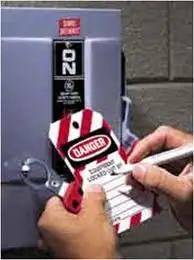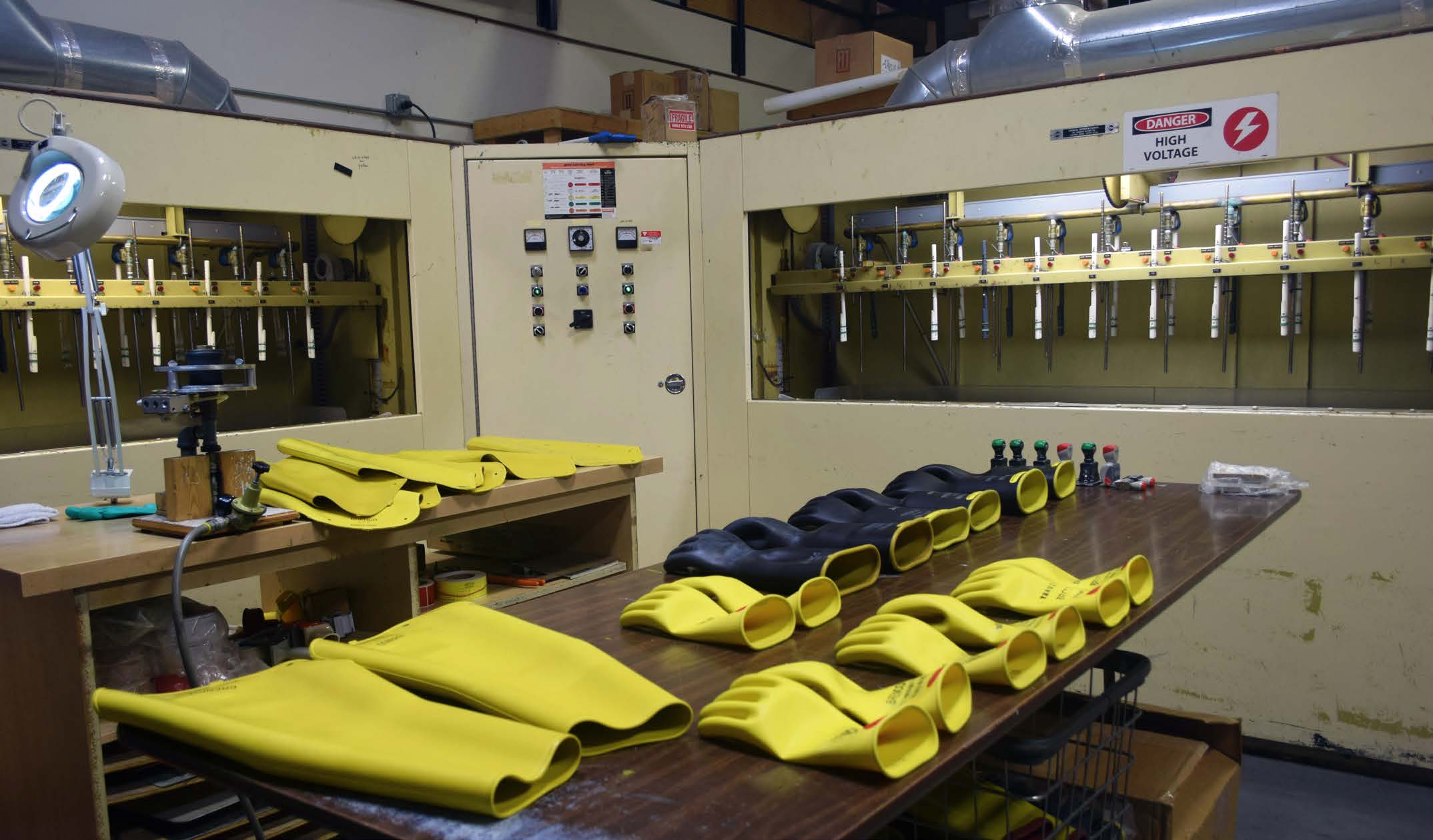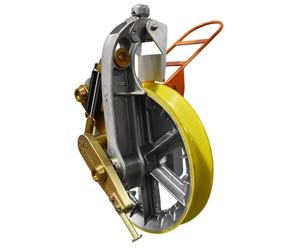Molded Case Circuit Breakers Explained
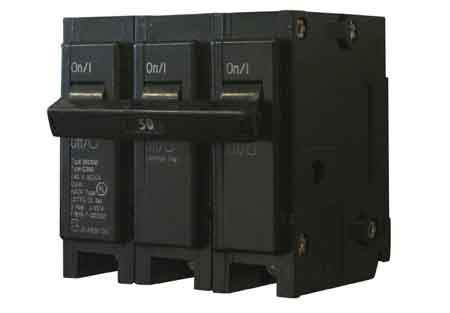
Protective Relay Training - Basic
Our customized live online or in‑person group training can be delivered to your staff at your location.

- Live Online
- 12 hours Instructor-led
- Group Training Available
Download Our OSHA 3075 Fact Sheet – Understanding Electrical Hazards in the Workplace
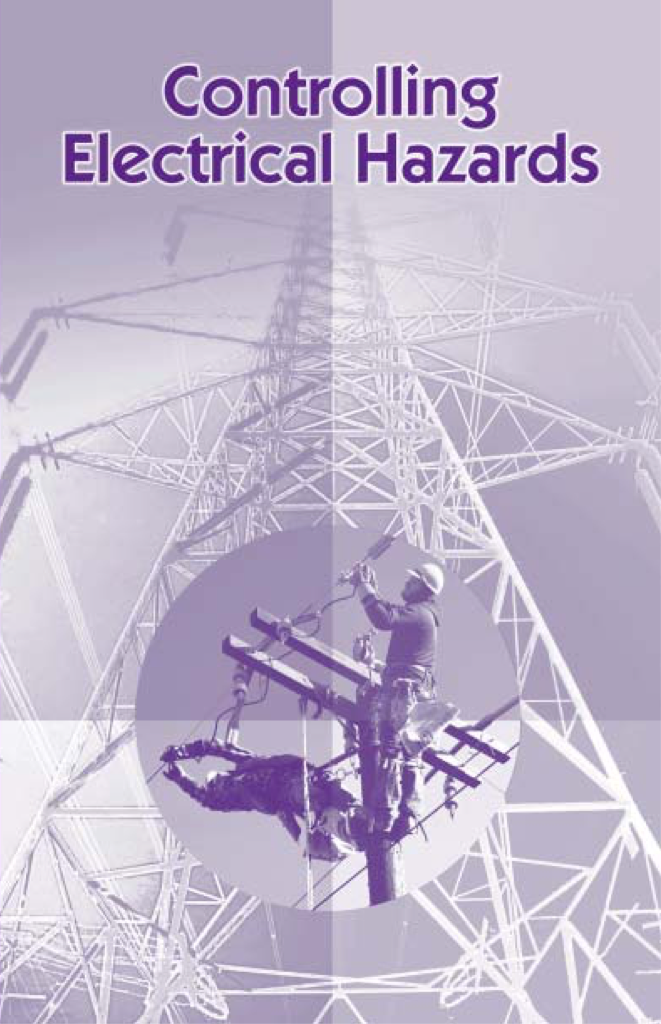
- Learn the effects of electric current on the human body
- Understand OSHA safety standards and protective devices
- Discover essential lockout/tagout and grounding practices
Molded Case Circuit Breakers provide MCCB overcurrent protection with thermal-magnetic trip units, high interrupting capacity, adjustable settings, and selective coordination for industrial control panels, motor feeders, and UL 489/IEC 60947-2 compliance.
What Are Molded Case Circuit Breakers?
Molded Case Circuit Breakers interrupt overloads and faults with thermal-magnetic trips, protecting feeders, equipment.
✅ Thermal-magnetic or electronic trip units, adjustable settings
✅ High interrupting rating; UL 489, IEC 60947-2 compliance
✅ Supports selective coordination and zone interlocking
Molded case circuit breakers (MCCBs) are essential devices in electrical systems, designed to provide reliable circuit protection by interrupting the flow of electrical current during overloads and short circuits. They serve a crucial role in safeguarding electrical equipment and preventing damage due to excessive current. MCCBs are commonly used in both residential and industrial settings due to their ability to handle a wide range of current ratings, making them versatile for various applications. For foundational context, see how what a circuit breaker is underpins MCCB functionality in modern installations.
What Are Molded Case Circuit Breakers, and How Do They Work?
MCCBs operate by utilizing an internal mechanism that detects abnormal current levels. When an overload or short circuit occurs, the breaker automatically trips, cutting off the current to prevent damage to the electrical system. These devices can handle larger currents compared to standard breakers, making them suitable for protecting circuits that experience higher loads. The molded case housing provides insulation and protection, ensuring the device operates safely in a variety of environments. This tripping action is a core element of overcurrent protection strategies in compliant systems.
Unlike other breakers, MCCBs offer adjustable trip settings, allowing technicians to fine-tune the breaker to match the specific protection needs of a system. This makes them more flexible for different applications, as they can be adapted to varying current ratings and fault conditions. These adjustable mechanisms classify MCCBs among overcurrent protection devices that can be tuned to specific fault profiles.
Electricity Today T&D Magazine Subscribe for FREE

- Timely insights from industry experts
- Practical solutions T&D engineers
- Free access to every issue
What Are the Common Applications of Molded Case Circuit Breakers?
MCCBs are commonly found in both commercial and industrial environments where circuit protection is critical. Typical applications include:
- Industrial machinery: MCCBs protect machines from electrical faults, preventing damage to equipment and ensuring continuous operation.
- Power distribution systems: These breakers are used to protect transformers, generators, and other components in power distribution networks.
- Residential and commercial buildings: In these settings, MCCBs protect circuits powering heavy electrical loads such as HVAC systems, lighting, and appliances.
- Renewable energy systems: MCCBs are also employed in solar and wind energy installations to protect circuits from overloads and short circuits.
Within such installations, MCCBs work alongside other circuit protection devices to create layered defenses against faults.
Where frequent switching under load is required, pairing MCCBs with load break switches provides safe isolation and operational flexibility.
How Do You Select Appropriate Molded Case Circuit Breakers for Specific Applications?
Selecting the right MCCB for an application involves understanding the specific requirements of the electrical system. The breaker must be chosen based on the current rating, voltage rating, and the nature of the electrical load. Important factors to consider include:
- Current rating: The breaker must be capable of handling the expected load without tripping under normal conditions. However, it should trip during overcurrent or fault conditions.
- Voltage rating: The voltage of the electrical system must be compatible with the breaker's design.
- Trip characteristics: MCCBs offer adjustable trip settings, which allow fine-tuning of the trip current level. This ensures the breaker trips only when necessary, providing optimal protection.
- Interrupting capacity: This refers to the maximum fault current the breaker can interrupt without damage. High fault current systems require MCCBs with higher interrupting capacities.
In complex feeders, proper relay and circuit breaker coordination ensures selective tripping and minimizes downtime during faults.
What Is the Difference Between Molded Case Circuit Breakers and Other Types of Circuit Breakers?
MCCBs differ from standard circuit breakers, such as miniature circuit breakers (MCBs), primarily in terms of current capacity and adjustability. While MCBs are generally used for lower current applications (up to 100 amps), MCCBs are designed to handle much higher currents, often up to 2,500 amps or more. This makes MCCBs suitable for industrial and high-power applications where more robust protection is needed. Understanding the broader landscape of circuit breaker types clarifies when MCCBs outperform smaller devices.
Additionally, MCCBs have adjustable trip settings, providing more flexibility in their application. In contrast, MCBs typically have fixed trip settings and are limited to lower voltage systems. MCCBs are also designed with a more durable molded case, ensuring they can withstand harsh environmental conditions and mechanical stress.
How Do You Perform Maintenance or Troubleshooting on Molded Case Circuit Breakers?
Regular maintenance and troubleshooting are crucial for ensuring that MCCBs function properly. Key steps include:
- Visual inspection: Periodically check for signs of wear or damage, such as cracks in the molded case or corrosion on terminals.
- Testing: Regularly test the breaker's trip functionality using specialized equipment to ensure it trips at the correct current level.
- Cleaning: Dust and debris can accumulate on the MCCB, affecting performance. Cleaning the device and its terminals can help maintain its efficiency.
- Tightening connections: Loose connections can lead to overheating and potential failure, so it's essential to ensure all connections are secure.
- Replacement: If the MCCB shows signs of wear or no longer performs as expected, it should be replaced to maintain the safety and reliability of the electrical system.
Molded case circuit breakers provide reliable protection in a wide range of applications, from residential to industrial settings. Their ability to handle high current levels and offer adjustable trip settings makes them a versatile solution for protecting electrical systems from overloads and short circuits. Proper selection, maintenance, and understanding of MCCBs are essential for ensuring the safety and efficiency of modern electrical systems.






